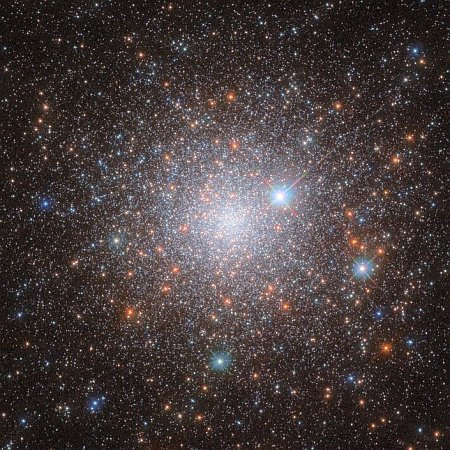Mars meteorite sells at auction for $5.3 million
The largest Mars meteorite found so far on Earth sold yesterday at auction for $5.3 million, a million dollars more than expected.
The 54-pound (25-kilogram) rock named NWA 16788 was discovered in the Sahara Desert in Niger by a meteorite hunter in November 2023, after having been blown off the surface of Mars by a massive asteroid strike and traveling 140 million miles (225 million kilometers) to Earth, according to Sotheby’s. The estimated sale price before the auction was $2 million to $4 million.
The identity of the buyer was not immediately disclosed. The final bid was $4.3 million. Adding various fees and costs, the official bid price was about $5.3 million.
Most Mars’ meteorites found on Earth are scooped up in Antarctica as part of government funded research. Thus, they are not available for sale. This rock was found by a private meteorite hunter, who then owned the rock free and clear and could do with it as he or she liked. It appears the hunting paid off handsomely.
The largest Mars meteorite found so far on Earth sold yesterday at auction for $5.3 million, a million dollars more than expected.
The 54-pound (25-kilogram) rock named NWA 16788 was discovered in the Sahara Desert in Niger by a meteorite hunter in November 2023, after having been blown off the surface of Mars by a massive asteroid strike and traveling 140 million miles (225 million kilometers) to Earth, according to Sotheby’s. The estimated sale price before the auction was $2 million to $4 million.
The identity of the buyer was not immediately disclosed. The final bid was $4.3 million. Adding various fees and costs, the official bid price was about $5.3 million.
Most Mars’ meteorites found on Earth are scooped up in Antarctica as part of government funded research. Thus, they are not available for sale. This rock was found by a private meteorite hunter, who then owned the rock free and clear and could do with it as he or she liked. It appears the hunting paid off handsomely.










